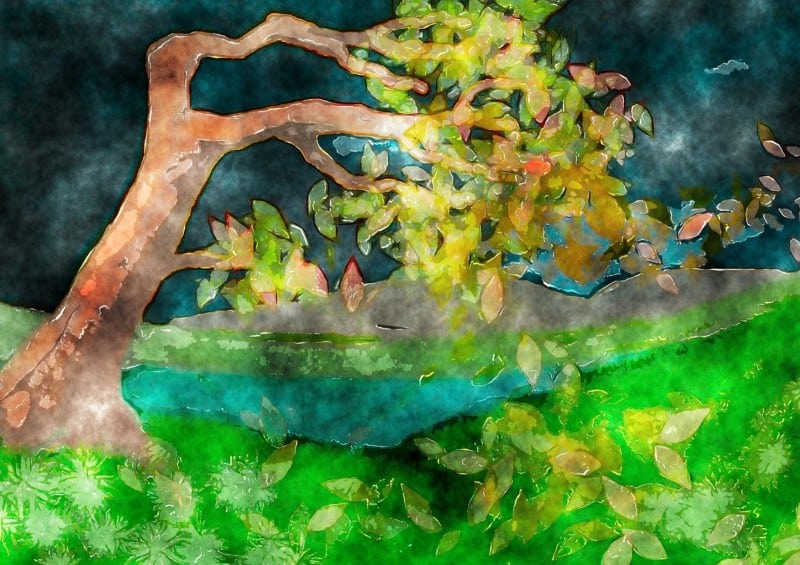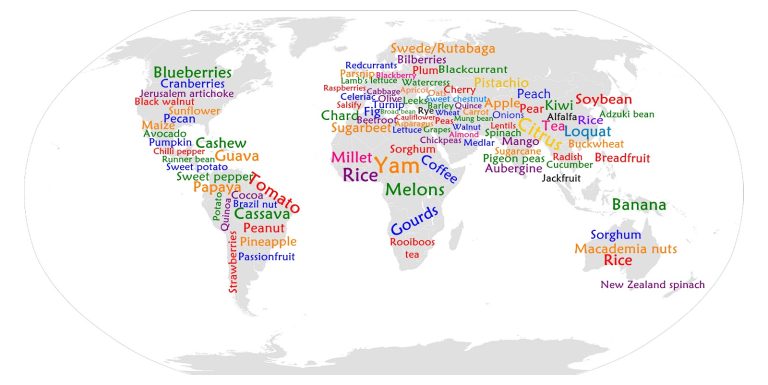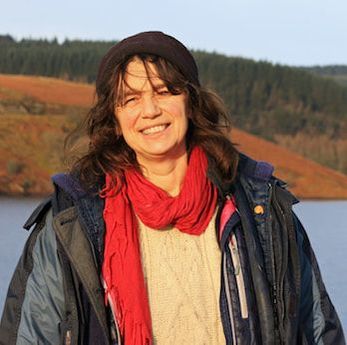Permanent permaculture, is it possible?
By Marit Parker
Permanence in an ever-changing world
At the moment, I’m in the middle of moving some apple trees. Surprised? Shocked perhaps? Well yes, it’s not ideal — but a lot has changed since I planted them, so my plans, or my “permaculture design”, has had to change too.
Luckily, they have only been in one or two years, so although moving them will set them back a bit, they should be alright, if I do it carefully.
So why am I doing it — what’s changed?
I moved here three years ago, and had been visiting the valley regularly and getting to know the area for a year before that. Nevertheless, as with any new garden or farm, I didn’t plan to make any major changes for the first year. Planting apple trees my first winter here, though, seemed a reasonable risk to take because it would be several years before they started fruiting.
However, the changing climate means we are not only getting much stronger winds and gales, but they can strike throughout the year, not just in winter. I started to realise that even though I had planted shelter belts and nurse trees alongside the fruit trees, those in the most exposed areas were vulnerable. A storm when the blossom was out could mean no fruit that year from the highest field.

Brexit has also brought a lot of changes as well as a lot of uncertainty for farmers in the UK. My business plan assumed agri-environment payments and farm subsidies would be part of the farm’s income. The agri-environment schemes have already gone and, at my relatively small acreage, the single farm payment is not enough to cover costs, and will probably disappear completely next year (2020). With agriculture being un-devolved and re-centralised, Welsh hill farmers are unlikely to be a priority. The market for sheep is approaching a cliff edge (most Welsh lamb is sold in Europe; Brits prefer New Zealand lamb — or at least its cheaper price in the supermarket). Like many farmers, I am moving into cattle. For the fruit trees this has consequences: it’s a lot easier to protect young trees from sheep than from cattle. Limiting and concentrating the area planted with fruit trees to one field means the fencing needed can be kept simple without losing too much grazing for the cattle.
Meanwhile, my knowledge of the land and the different micro-climates within it has grown, and I have a clearer picture of what grows well where. Thanks to the ‘Beast from the East’ which brought us a bitterly cold winter last year, I know where snow drifts and which springs and streams can freeze. The long hot summer which followed revealed which springs, streams and ponds can dry up, even ones known locally for being dependable and never running dry, and where there was still water available after months without rain. Moving the fruit trees a bit lower down the hillside gives them a much better chance of thriving long term in an uncertain and changing climate when extremes become more likely.
I’m confessing to this change of plan because I think it’s useful to remind ourselves that the ‘perma’ part of permaculture is misleading. As the old saying puts it, ‘Change is the only permanent thing in life’.

In Welsh, the word for permanent, parhaol, translates better as ‘ongoing’, so the Welsh word for permaculture, paramaethu, can be translated as ‘ongoing nurturing’. I find the layered meanings of paramaethu and ‘ongoing nurturing’ useful and thought-provoking in a profoundly radical way, especially in times of austerity and hostility as well as uncertainty.
In terms of mapping a site and creating the different layers of a design, I think it’s worth taking the time to think through layers of permanence and changeability.
For example, the boundaries are unlikely to change. The house is not something I am going to move. The town, village or city around me is not something I can change.
But within my plot, however long a veg bed, a greenhouse, or a chicken shed have been there, change is possible. I mean, if you moved to a house where there was a conservatory that never got the sun, or the kitchen sink wasn’t by a window, you’d at least consider changing it, even if in the end it wasn’t possible.
So when you’re making your base map of your site, I think it’s worthwhile making at least two different layers of base maps. The bottom layer maps things you cannot change yourself, even if you wanted to, so the absolute definites — the boundaries, the electricity wires, the neighbour’s wall….
Then make a fresh layer of things within your plot which are probably permanent but which could feasibly be moved or changed, even slightly — even if you have no desire to do this.
Then I think I might make a third layer of things I am at least willing to consider changing.
By separating these different aspects and features of your site into separate layers, you open up possibilities and may discover surprising advantages to changing or moving something you had considered immovable. Like my apple trees. It’s a lot of work, and I’m needing a lot of hot baths and chocolate, but it’ll be worth it, and already the space where they were is changing in my mind, and new possibilities are opening up…




